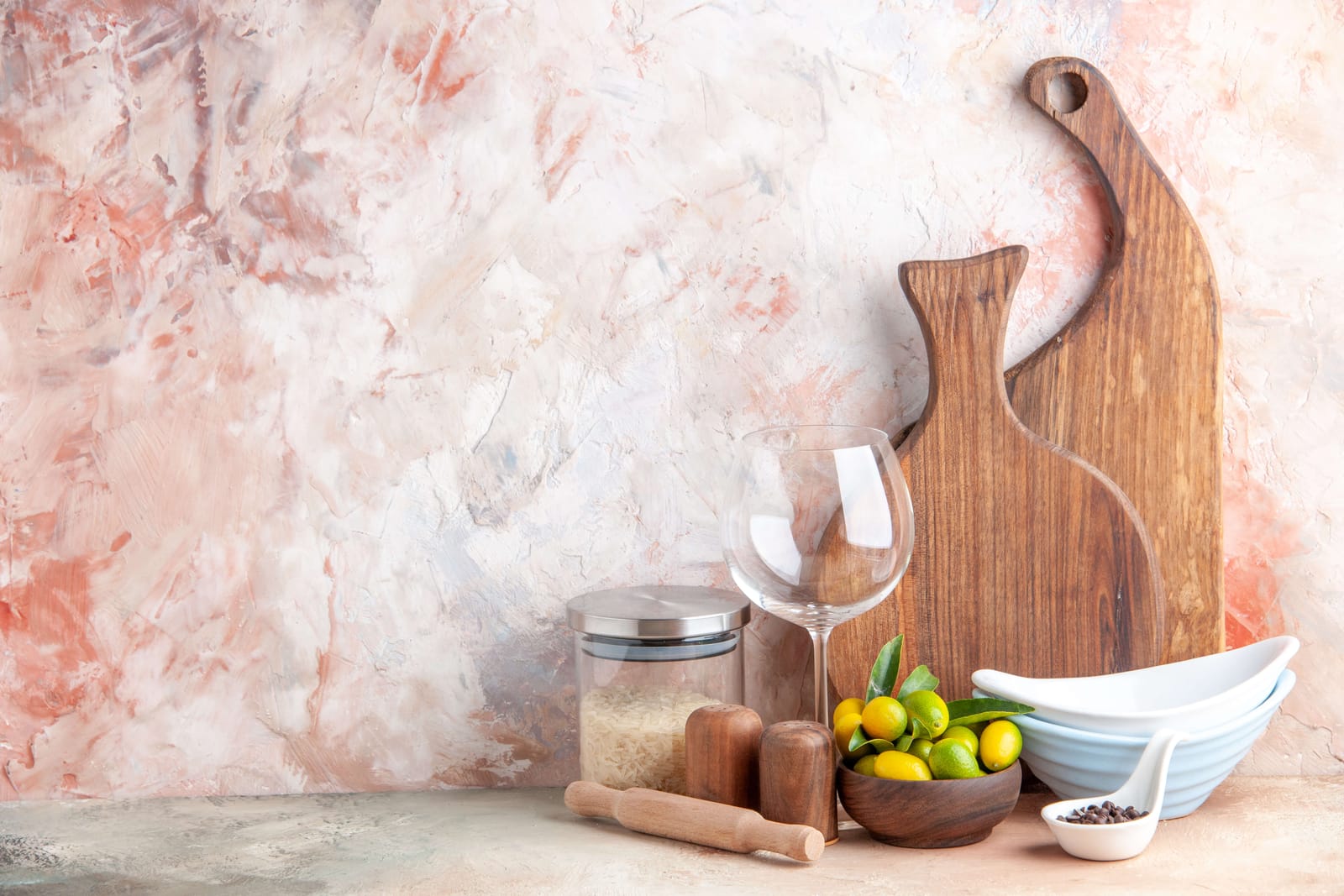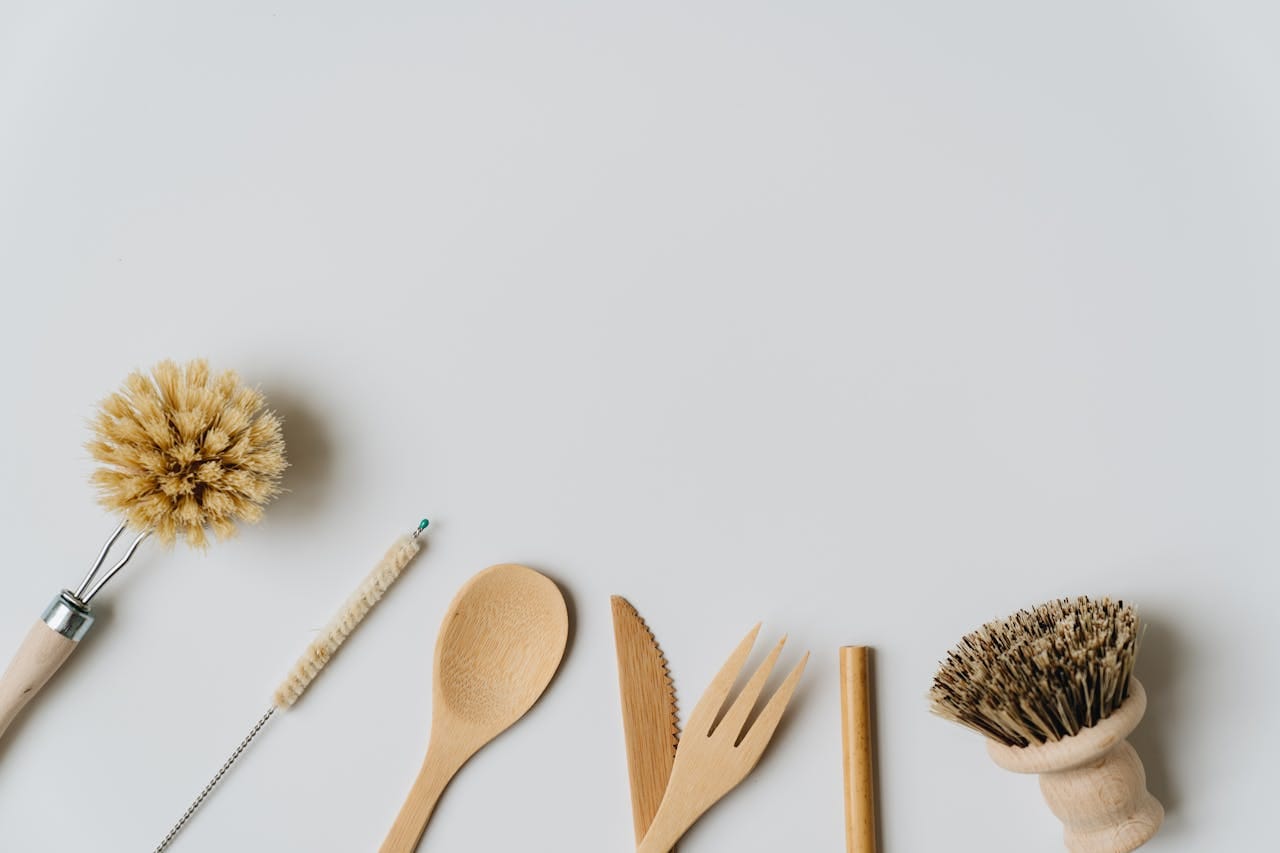Have you ever stopped to think about what your cookware and tableware are made of and how they affect not just your food but our planet too? With more of us aiming to make eco-friendly choices, the pots, pans, plates, and utensils we use are a hot topic.
In this article, we're peeling back the lid on eco-friendly vs. traditional cookware. What's the difference, and why does it matter? Let's cook up some answers and find out which type of cookware really sizzles when it comes to being good for both you and the environment.
Table of Contents
- Material Composition
- Tips for Transitioning
- Environmental Impact
- Health and Safety
- Durability and Longevity
- Cost Analysis
- Cooking Performance
- Maintenance and Care
- Making the Choice
Material Composition
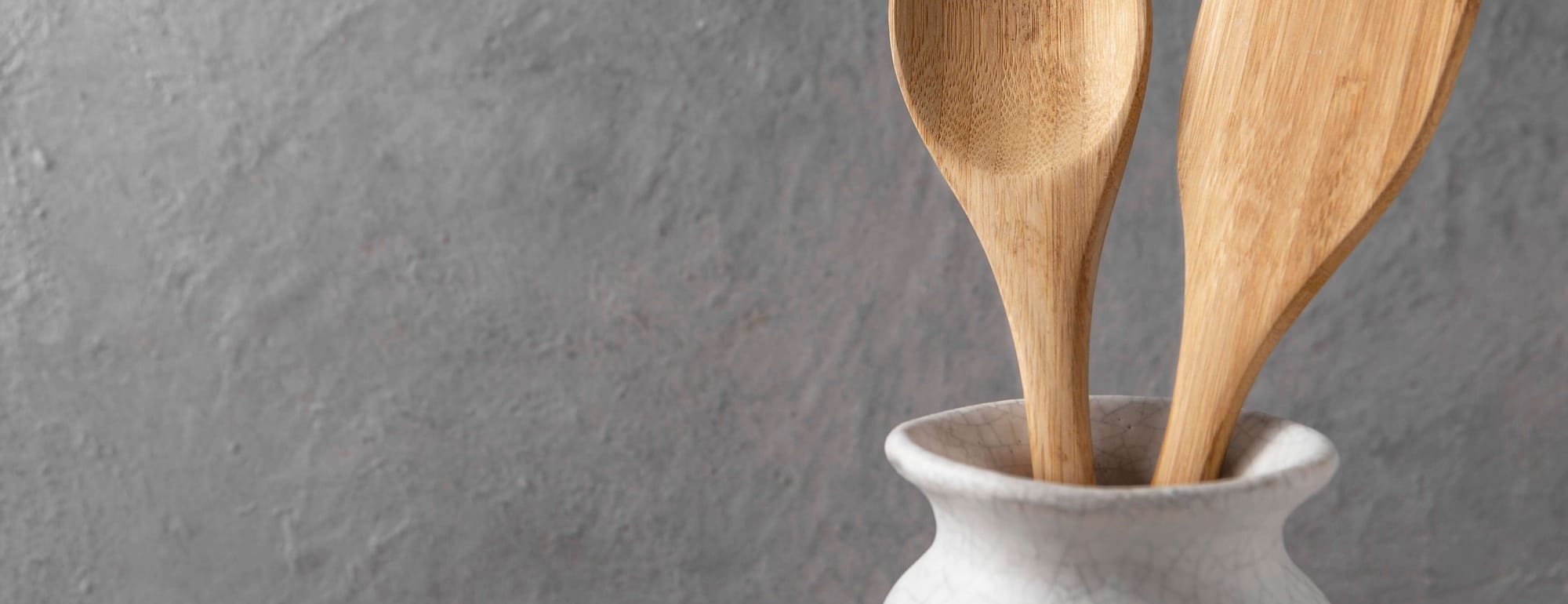
Eco-friendly cookware:
This is the stuff green dreams are made of—ceramic, cast iron, stainless steel, bamboo, and even glass. These materials are kinder to the planet, often sourced more sustainably, and don’t bring harmful chemicals to the table, making them ideal for cookware and tableware alike.
Ceramic: Not just pretty to look at, ceramic cookware offers a non-toxic, non-stick surface without the harmful chemicals found in conventional non-stick pans. It's made from natural clay and minerals, and when produced responsibly, it has a minimal environmental impact. Plus, its heat resistance ensures even cooking, making it a favorite among eco-conscious chefs.
Ceramic isn't just for pots and pans; it's also a popular choice for eco-friendly plates, bowls, and serving dishes, offering the same non-toxic benefits for your dining table.
Cast Iron: The epitome of sustainability, cast iron cookware is virtually indestructible and can be recycled indefinitely. Its ability to retain heat not only improves the cooking process but also reduces the energy needed to keep food cooking. By choosing cast iron, you're opting for a lifetime companion in your kitchen, reducing the need for frequent replacements.
Stainless Steel: Favoured for its durability and resistance to rust and corrosion, stainless steel cookware is a mix of iron, carbon, and chromium. This composition makes it recyclable, aligning with eco-friendly principles. It's also non-reactive, meaning it won't leach chemicals into your food, ensuring that your meals are as healthy as they are delicious.
Bamboo: Bamboo is a superstar not only in the world of eco-friendly kitchen utensils but also for tableware such as plates, bowls, and cutlery. Its rapid growth and biodegradability make bamboo items a sustainable choice for every meal. Bamboo utensils are lightweight, durable, and won’t scratch your cookware, making them an excellent companion to your eco-friendly pots and pans.
Traditional cookware:
Often made from aluminum or coated with non-stick materials, traditional cookware is all about convenience. But, there's a catch. Some of these materials can release unwanted chemicals during cooking, and their production isn't always the best news for Mother Earth.
Similarly, traditional tableware often includes materials like plastic and low-quality metals, which can carry environmental and health concerns similar to those of conventional cookware.
Aluminum: Lightweight and excellent at conducting heat, aluminum cookware is popular in many kitchens. However, it's often treated with non-stick coatings to prevent food from sticking. These coatings can degrade over time, potentially releasing harmful substances into your food. Additionally, the mining of aluminum ore (bauxite) can have detrimental environmental effects, including deforestation and pollution.
Non-Stick Coatings: Traditional non-stick cookware is prized for its convenience and ease of use. Yet, many non-stick surfaces are made using chemicals like PFOA (Perfluorooctanoic Acid) and PTFE (Polytetrafluoroethylene), which have raised health and environmental concerns. While newer, safer alternatives are being developed, the long-term effects of these materials are still being studied.
Tips for Transitioning
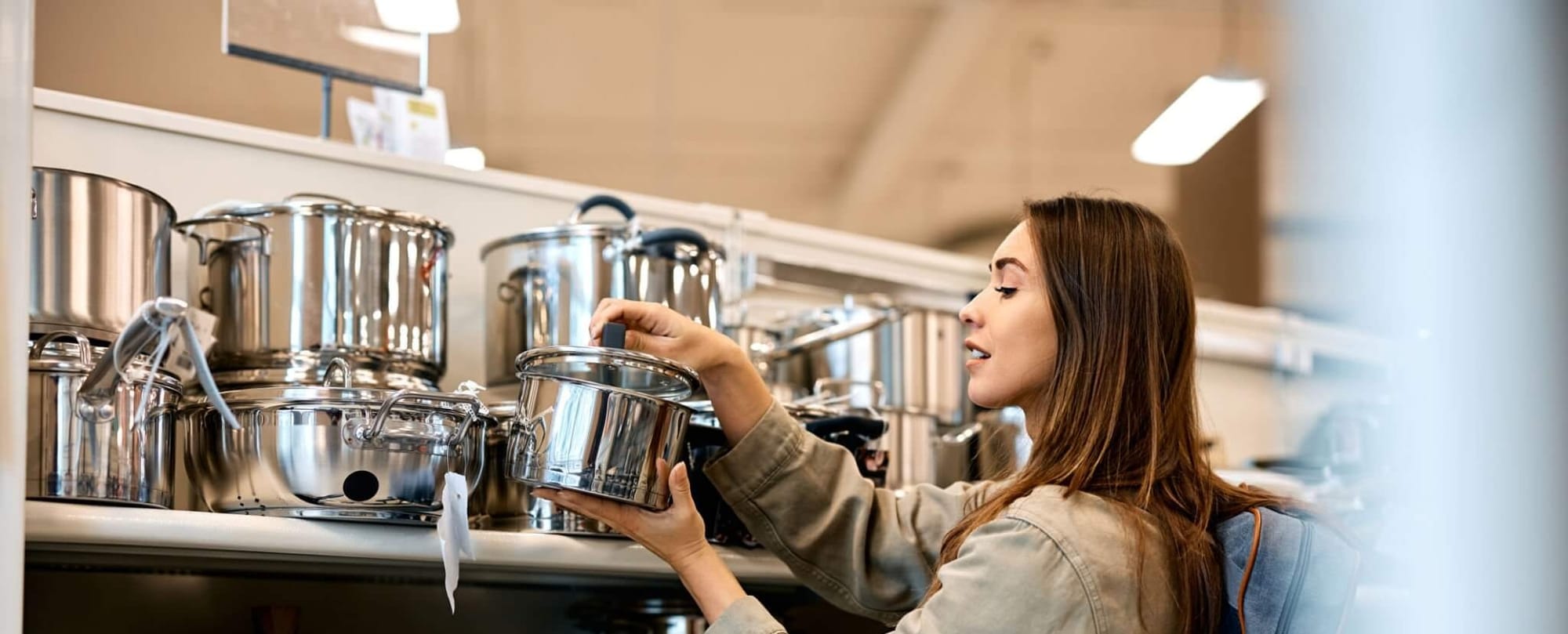
Transitioning to eco-friendly kitchenware doesn't have to be limited to pots and pans. Consider replacing your most frequently used plates, bowls, and utensils with eco-friendly alternatives as well. Here's how to make the switch smoothly:
- Start Small: Begin by replacing items you use most frequently, like frying pans or saucepans, with eco-friendly alternatives.
- Research: Spend some time researching different materials and brands to find options that fit your cooking style and values.
- Quality Over Quantity: Invest in high-quality pieces that will last longer, even if it means building your collection slowly.
- Care and Maintenance: Learn the best ways to care for your eco-friendly cookware to extend its lifespan. Proper maintenance can make all the difference.
- Spread the Word: Share your experiences with eco-friendly cookware on social media or with friends and family. Your recommendation can inspire others to make the switch.
- Recycle and Donate: Responsibly dispose of your old cookware by recycling or donating items that are still in good condition. This helps reduce waste and supports those in need.
Environmental Impact

When it comes to making eco-friendly cookware, the goal is to reduce harm to our planet. This means less pollution and less waste. Eco-friendly cookware often uses recycled materials or resources that are easy on the earth, like bamboo. Plus, they're made to last longer, which means you won't have to replace them as often.
Traditional cookware, on the other hand, can be a bit of an environmental headache. The production of some non-stick coatings releases harmful chemicals into the air, and because they don't last as long, they end up in landfills sooner.
Health and Safety
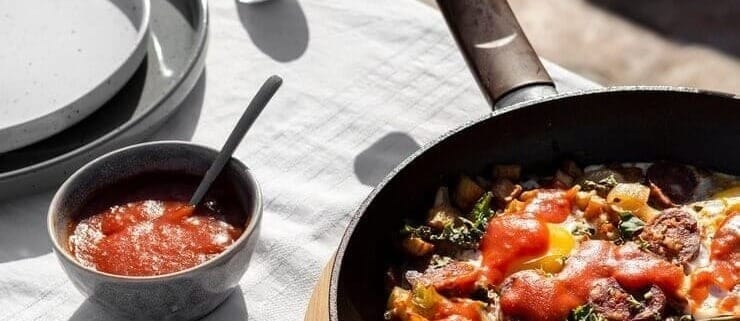
Here’s where eco-friendly cookware really shines. Eco-friendly options are safer for your family, not just when cooking but also when serving and eating. Plates, cups, and utensils made from natural materials reduce your exposure to harmful chemicals.
Traditional cookware, especially older or poorly maintained pieces, can sometimes release harmful substances into your food. It’s especially true for some non-stick surfaces that can break down at high temperatures.
Durability and Longevity
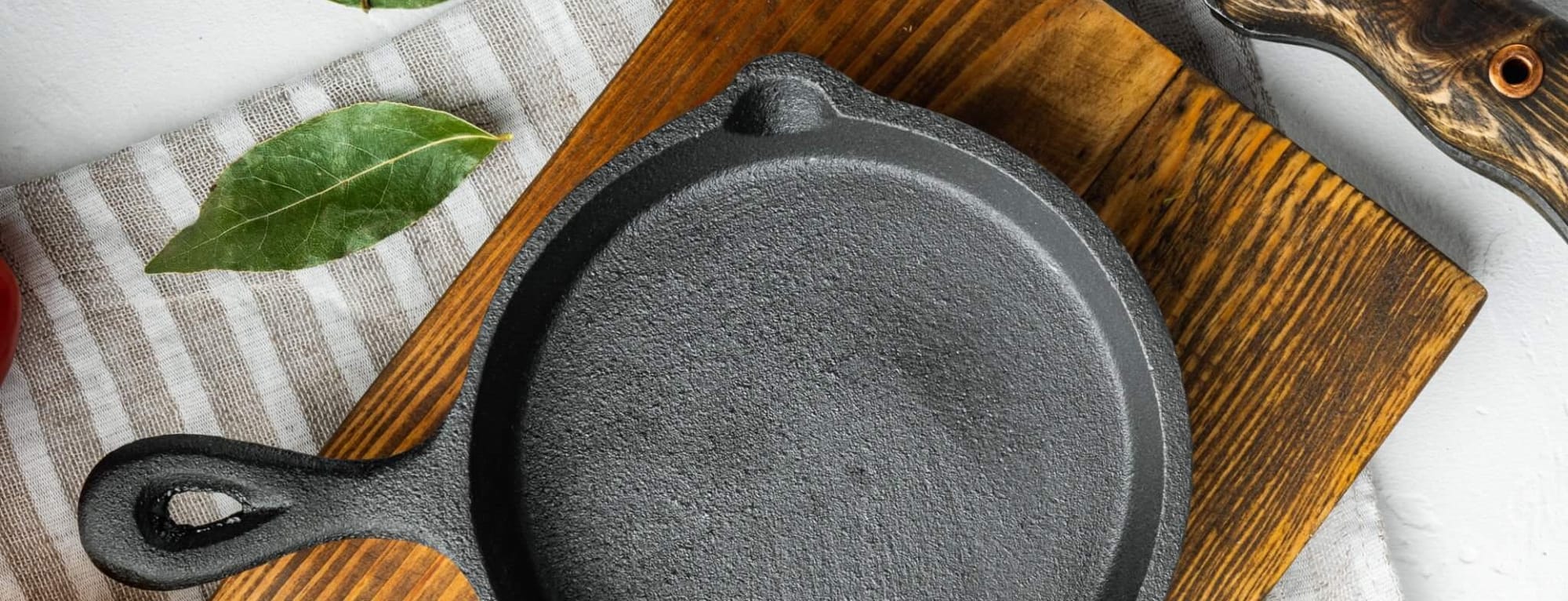
Eco-friendly cookware isn't just about being kind to the planet; it's also about standing the test of time. Cast iron and stainless steel, for example, can last for generations with proper care. This means less waste and more value for your money.
Traditional cookware might not always hold up as well. Non-stick pans, in particular, can wear out faster, especially if the coating starts to chip or peel. You might find yourself replacing them more often, which isn't great for your wallet or the planet.
Cost Analysis
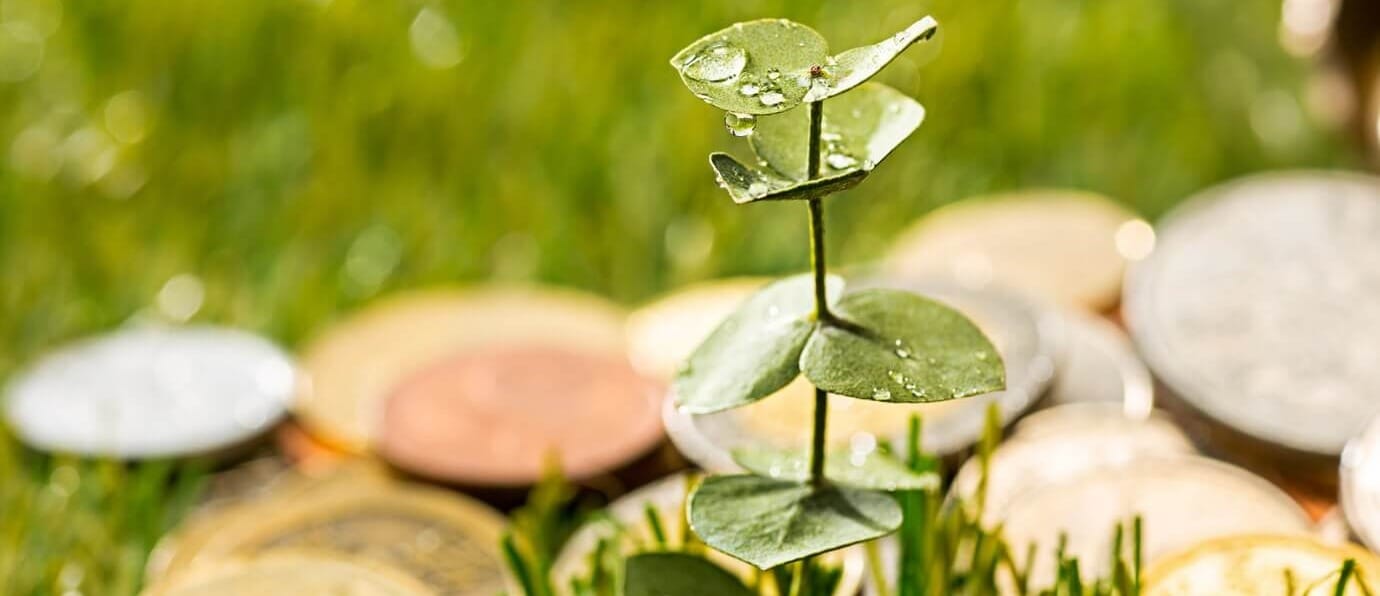
At first glance, eco-friendly cookware might seem pricier. But think of it as an investment. Because these pieces last longer, you'll buy less over time. Plus, using less energy to cook saves money on your utility bills, adding up to savings in the long run.
Traditional cookware may have a lower upfront cost, but the need for frequent replacements can make it more expensive over time. Plus, if it's less efficient at cooking, those energy costs can creep up on you.
Cooking Performance
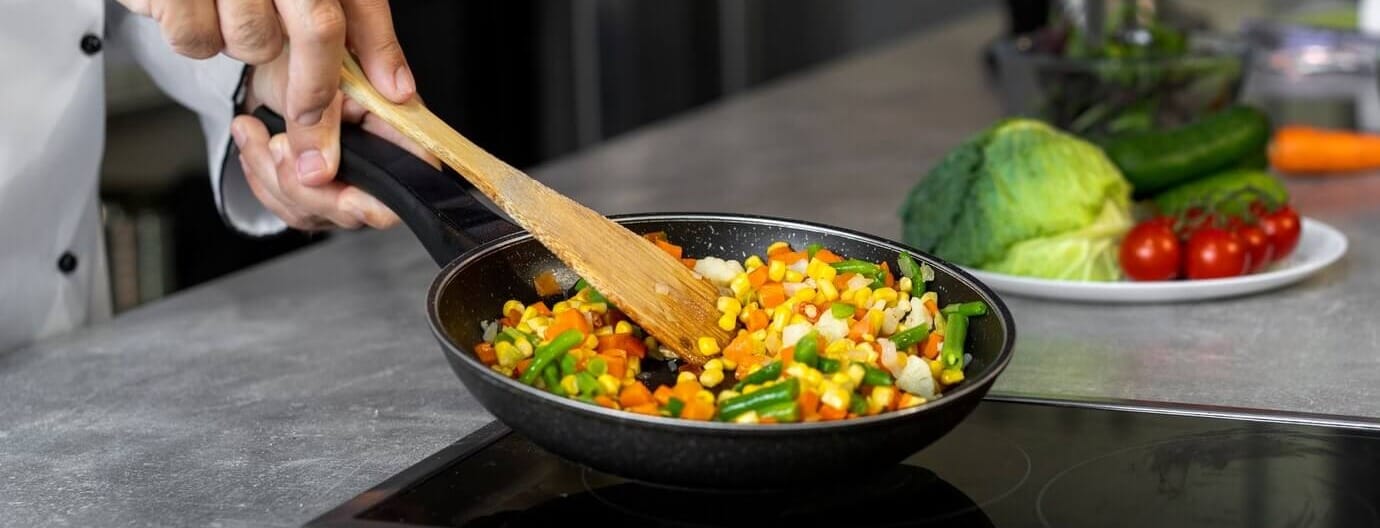
When it comes to cooking, not all cookware is created equal. Eco-friendly cookware like cast iron is celebrated for its heat retention and even cooking. Ceramic coatings offer a non-stick surface without the chemicals. These options can increase your cooking game while keeping it green.
Traditional cookware has its perks, like quick heating times and lightweight designs. However, the uneven heat distribution of some materials and the potential health risks from non-stick coatings might have you thinking twice about what's best for your culinary creations.
Maintenance and Care
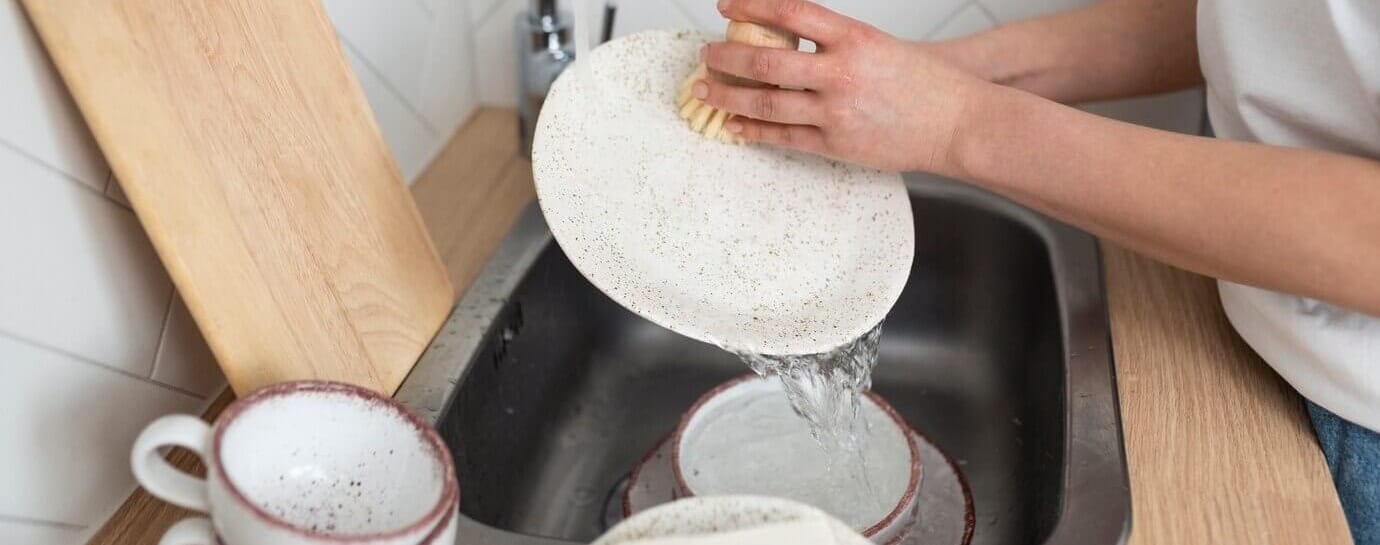
Eco-friendly cookware often requires a bit of extra love to keep it in top shape. Cast iron needs seasoning to maintain its non-stick surface, while bamboo utensils should be hand-washed to prevent cracking. This extra effort can be a small price to pay for cookware that's safer for you and the planet.
Traditional cookware might seem easier to care for at first glance, especially with dishwasher-safe options. However, the chemicals in some non-stick coatings can degrade over time, especially if scrubbed with abrasive materials or overheated, posing potential risks.
Making the Choice
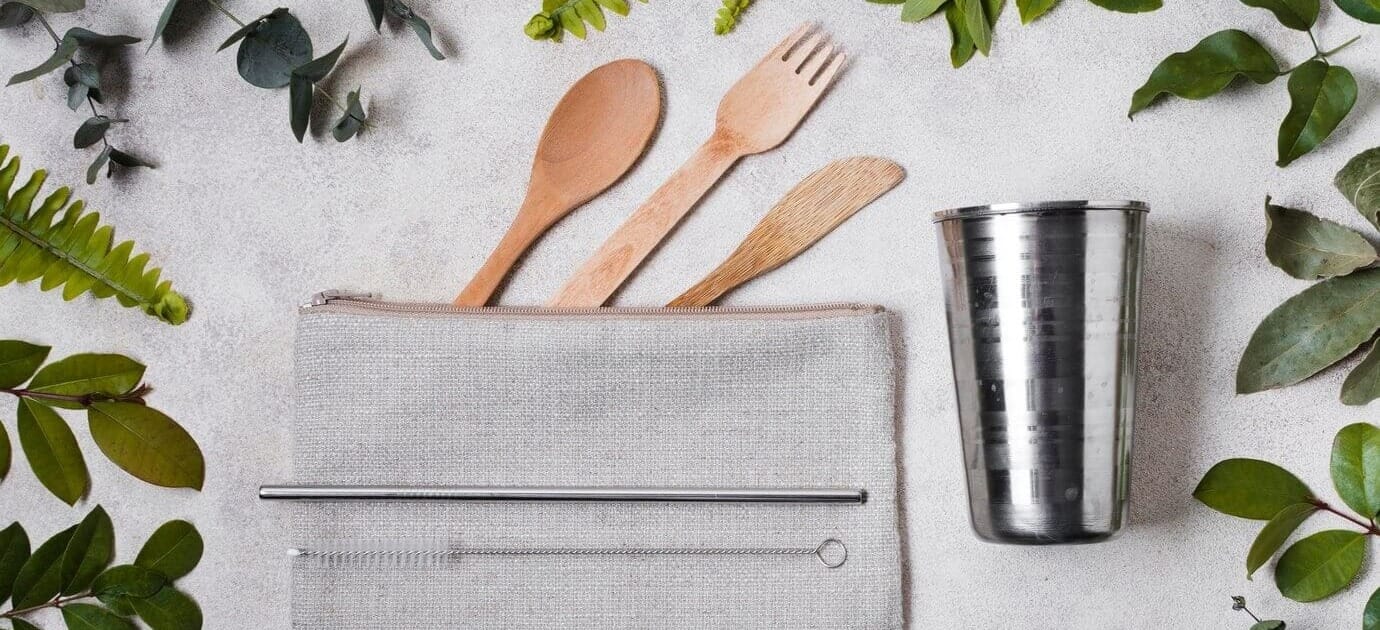
Deciding between eco-friendly and traditional options comes down to what you value most, not just for cookware but for all kitchen items, including tableware. If you're looking to reduce your environmental footprint and minimize exposure to chemicals, consider the broader range of kitchen items you use daily. Eco-friendly cookware is often more durable, performs well, and is kinder to the planet. While the upfront cost might seem higher, consider the concept of Life Cycle Cost (LCC). LCC takes into account the total cost of ownership, including the purchase price, energy use, maintenance, and disposal. Eco-friendly cookware's durability and energy efficiency can significantly lower your LCC over time. To learn more about Life Cycle Cost, visit the Life Cycle Initiative website.
Remember: No matter which type of cookware you choose, the most sustainable option is always to use what you have for as long as possible. When it's time for something new, consider donating usable items to reduce waste.
Time for a Kitchen Revolution!
Take a moment to look at your cookware. Is it helping or harming our planet? If you're ready to make a positive change, consider switching to more sustainable options. Eco-friendly cookware not only reduces your environmental impact but also offers healthier cooking alternatives. Don't let tradition hold you back from making choices that benefit both you and the earth.
- Further Reading: "DIY Eco-Friendly Cookware Solutions" for creative ways to make your existing cookware more eco-friendly.
- You Might Be Interested: "Recycling Old Cookware into Eco-Friendly Options" for ideas on how to repurpose or recycle old cookware.

